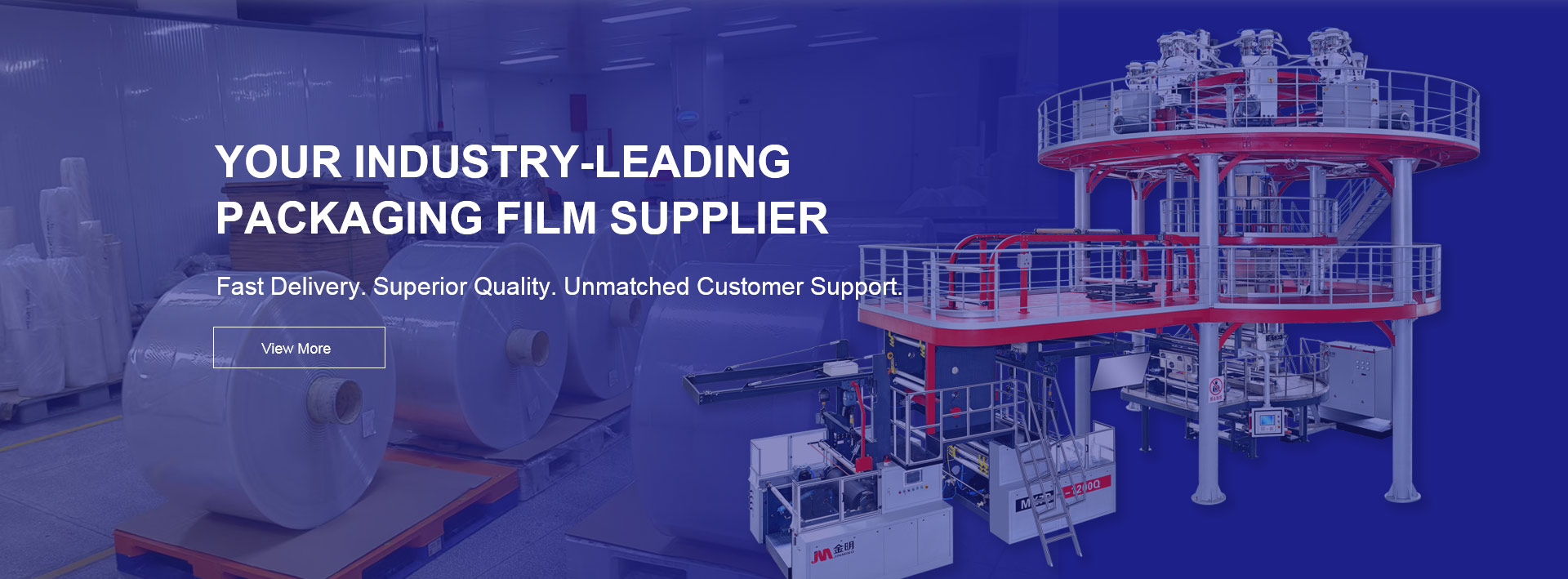
Co-extrusion film is a modern material that combines multiple layers of different polymers into a single structure through a simultaneous extrusion process. Each layer is selected for its specific properties—such as strength, clarity, sealability, or barrier protection—resulting in a film that performs better than any single-layer counterpart. This technology is widely used in food packaging, industrial wrapping, agriculture, and medical materials, offering a precise balance between functionality and cost-efficiency.
One of the primary benefits of co-extrusion films lies in their superior mechanical strength. The combination of polymers with distinct tensile and impact characteristics allows the final film to withstand heavy loads, punctures, and rough handling. In comparison to monolayer films, multi-layer co-extruded structures can increase tensile strength by 40% and elongation at break by up to 60%. This is particularly valuable in packaging heavy or sharp-edged items where protection and integrity are crucial.
A key advantage of co-extrusion films is their ability to deliver strong barrier protection against gases, moisture, and UV light. By incorporating barrier resins such as EVOH (ethylene vinyl alcohol) or PA (polyamide), manufacturers can achieve oxygen transmission rates as low as 1 cc/m²/day and moisture vapor transmission rates under 0.5 g/m²/day. This ensures longer shelf life for food, pharmaceuticals, and chemicals, preserving freshness, aroma, and product quality even under challenging storage conditions.
| Property | Typical Value (EVOH Layer) | Benefit |
|---|---|---|
| Oxygen Transmission Rate | ≤1 cc/m²/day | Prevents oxidation |
| Water Vapor Transmission Rate | ≤0.5 g/m²/day | Reduces moisture penetration |
| UV Blocking | ≥95% | Protects light-sensitive goods |
Co-extrusion technology provides an economical advantage by placing expensive functional materials only where necessary. Instead of making the entire film from costly barrier polymers, manufacturers can use a thin core layer of EVOH or PA sandwiched between inexpensive PE or PP outer layers. This method can reduce raw material costs by 20–30% while maintaining high performance. Additionally, co-extrusion lines operate continuously, improving productivity and lowering overall production waste.
Multi-layer films can be engineered to include sealable outer layers that respond to specific heat ranges, enabling efficient high-speed packaging operations. Seal initiation temperatures can be as low as 90°C, providing faster sealing with minimal energy consumption. The uniform layer structure also offers excellent dimensional stability and smooth surface finish, making the film compatible with automatic filling, vacuum sealing, and lamination processes across various industries.
Co-extrusion films often feature an outer layer designed for high gloss, transparency, or matte effects, depending on market requirements. These films offer superior optical clarity with haze levels under 5%, enhancing the visual appeal of retail packaging. Additionally, the printable surface ensures strong adhesion for inks and coatings, enabling high-definition graphics that increase brand visibility and consumer attraction without the need for surface pretreatments.
Modern co-extrusion films can be tailored for sustainability by using compatible polymers that simplify post-use recycling. Single-polymer multi-layer structures, such as all-PE or all-PP films, can be reprocessed without delamination. The technology also minimizes material use through precise layer thickness control—down to 2–5 microns per layer—reducing plastic consumption while maintaining performance. Some advanced lines integrate recycled resins into non-contact layers, further supporting eco-friendly production.
Co-extrusion films are indispensable in numerous applications. In food packaging, they ensure airtight protection for meat, cheese, and snacks. In industrial use, they serve as shrink films, stretch wraps, and liners that maintain structural integrity under pressure. In agriculture, they protect crops and silage from UV exposure. In medical sectors, sterile packaging benefits from the strong barrier and heat-seal properties. Their adaptability to different thicknesses and layer combinations makes them an ideal solution for customized requirements.
Co-extrusion film technology represents a leap forward in packaging science—delivering durability, protection, efficiency, and sustainability. By combining multiple material properties in a single production step, manufacturers can achieve superior performance while controlling costs and environmental impact.
For high-performance co-extruded packaging materials and custom film solutions, JINBORUN offers advanced extrusion systems and technical expertise. As a professional manufacturer dedicated to innovation and precision, JINBORUN continues to supply reliable, high-quality films tailored to the needs of global industrial and packaging clients.